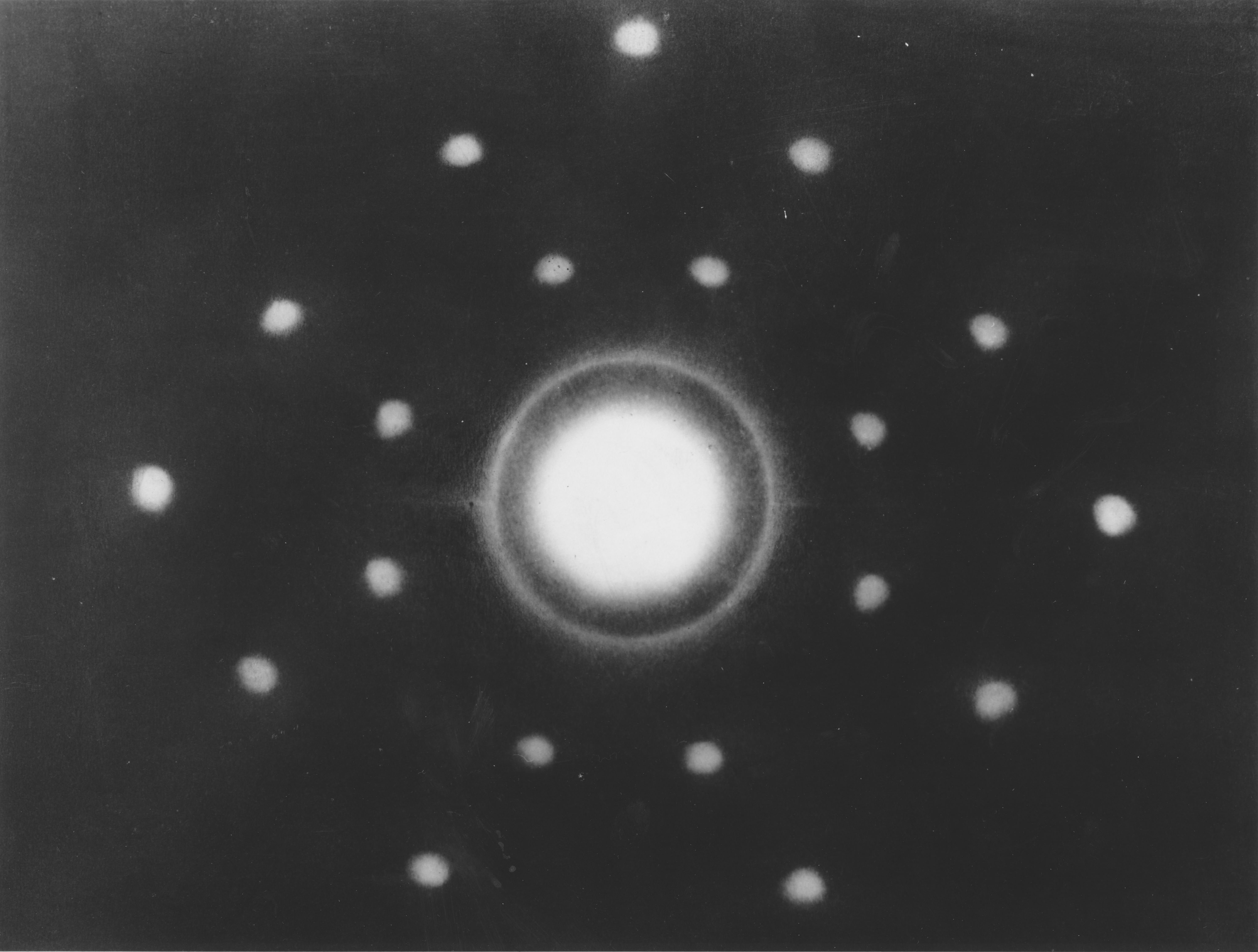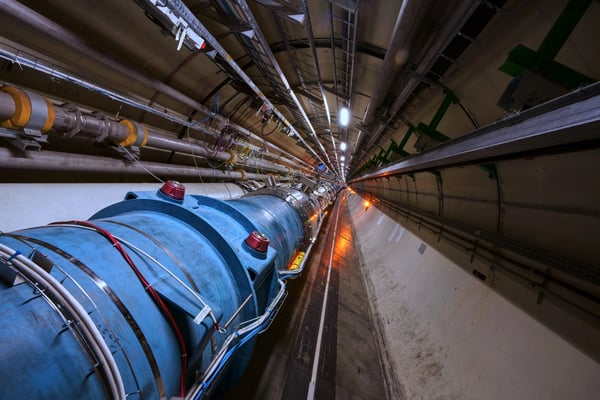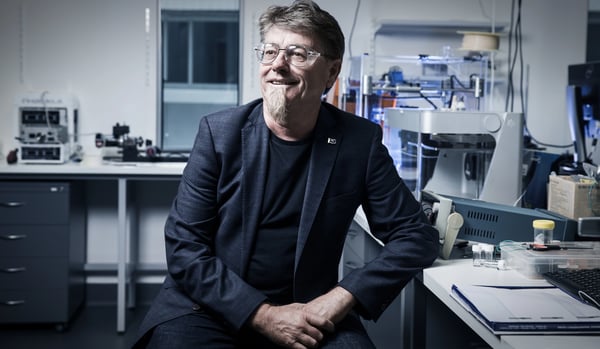
Polymer Chemistry
Description: In this post I discuss a research project I was assigned as part of my PS157: Physics Laboratory II module. The experimental and presentation portion of the project was ultimately cancelled due to SARS COVID 19, however the research part of the project had been completed so I wrote a blog post about what I had found in my research, including some fun facts about Laue Diffraction.

• 3.10.20
As part of our PS157 Physics Laboratory II module we are given a project that we must research, carry out any necessary experiments before finally giving a presentation on what we learned, how the experiment went and any of the information we obtained from our experiments. Me and my lab partner were given the topic of Laue Diffraction to research as well as to try and replicate. Although the experiment and presentation part of the project didn't go ahead due to colleges being closed down, we still managed to do a large portion of research needed to begin our project and I thought it would be a good idea to at least include that part of the project in a blog post. Figure 1. The first neutron Laue diffraction pattern of NaCl measured
by Wollan, Shull, and Milton Marney in 1948 at the Graphite Reactor — Credit: Scientific Reports Volume 29 • Number 1 • 2018 
One of our first tasks for the research project was to come up with a simple simulation of this Laue Diffraction, before we even got to work with radiation and photographic film we were expected to use general items found in a physics lab to represent the theory behind the experiment. Our research supervisor Dr. Henry Barry was able to point us in the direction of an article published in 'The Physics Teacher' titled 'Optical Simulation of Debeye-Scherrer Crystal Diffraction' , This article essentially described two researchers who had successfully attempted to do the exact Optical simulation in an inexpensive way. Instead of using a source which produced radiation we would instead use a visible laser beam and instead of a sample material we would use a crushed up diffraction grating, this way if we placed an ordinary screen behind the crushed diffraction grating and let the laser light shine through we would get a pattern that would be reminiscent of what you would expect to see in Laue Diffraction.
As well as coming up with ideas for an optical simulation that could replicate the experiment, research had also begun on fun facts about Laue Diffraction which could make our presentation way more engaging, as well as potentially giving some insight into what we should expect from our results. Since we were never able to give the actual presentation, I thought it would be good to list some of the interesting things we found.

Polymer Chemistry

Particle Physics

Bioengineering
Share this Article